| Name of the project | АР22685917 «Thermodynamic modeling of the smelting process of silicon – aluminum alloys based on manganese and chromium» |
| Name of the competition within which the project is being implemented | Competition for grant funding of young scientists under the “Zhas galym” project for 2024-2026 |
| Name of the priority area of science development in which the project is being implemented | Energy, advanced materials and transport |
| Name of the specialized scientific field in which the project is being implemented, the type of research | Mining, metallurgical and oil and gas industries |
| Project implementation dates | 01.06.2024 y. – 31.12.2026 y. |
| The relevance of the project |
There is an acute shortage of special complex ferroalloys with particularly low carbon content in the world. The Republic of Kazakhstan has the necessary reserves of mineral raw materials quite suitable for the production of complex alloys based on aluminum, silicon, manganese and chromium to meet the needs of ferrous metallurgy for the production of a wide range of steel. Moreover, these metals are smelted from second-class coal (i.e., with an ash content of more than 50%) with the addition of quartzite (FeSiAl), siliceous manganese ore (FeSiAlMn) and chrome ore (FeSiAlCr) to the charge. Along with this, alloys can be used as a metal reducing agent. An important factor in the smelting of refined varieties of ferromanganese and ferrochrome using these alloys is a radical change in the composition of the slag of these industries. The main thing is that in this case, the waste slag from the above-mentioned industries will not crumble, which is extremely important from an environmental point of view. The work is fundamental in nature. The tool for completing the tasks and achieving the goal of the project will be the long-term results of research into the behavior of components of metallurgical melts using HSC chemistry and FactSage software. |
| The purpose of the project | The goal of the project is to establish, using thermodynamic diagram analysis, the optimal compositions of silicon-aluminum alloys based on manganese and chromium. |
| Research group |
1) Yerekeeva Gauhar Sarsengalikyzy, Master of Technical Sciences, Project Leader. Scopus ID: 57611544700 ResearcherID: AED-4479-2022 https://orcid.org/0000-0002-7338-4469 2) Kelamanov Bauyrzhan Satybaldyuly, PhD, associate professor, scientific consultant. Scopus ID: 25655181100 ResearcherID: ABE-5597-2021 |
| Expected project results |
The results of the study are promising from the point of view of improving the technological process of steel deoxidation. In this case, the most optimal chemical composition of manganese-containing and chromium-containing ores will be proposed. As a result of the study of the complex deoxidizer, a technological process for producing a complex deoxidizer will be proposed using substandard manganese ores and high-ash coals, not used for industrial purposes, as charge materials. The social and economic effect of the project will be significant: the studied compositions of iron-silicon-aluminum alloys with chromium and manganese additives are primarily intended for metallothermic production of refined grades of ferromanganese and ferrochrome. The use of these alloys instead of traditional ferrosilicomanganese and ferrosilicochrome makes it possible to reduce the use of lime and halve the slag ratio (Shl/Me), reduce energy consumption by 25–30%, and also obtain stable, non-scattering waste slag. The theoretical results obtained will make it possible to purposefully obtain alloy compositions with the optimal composition and melting point of individual phases in relation to the smelting of refined grades of ferrochrome and ferromanganese. The results of scientific research will be disseminated at international conferences, symposia, various international technology exhibitions, by publishing articles in peer-reviewed scientific publications in the scientific direction of the project, included in the 1st (first), 2nd (second) quartiles in the Web of Science database and (or) having percentile according to CiteScore in the Scopus database is at least 50 (fifty). |
| The results achieved at the moment | |
| Published works on the project topic | |
| Contact information for potential users | g.yerekeyeva@tttu.edu.kz |
